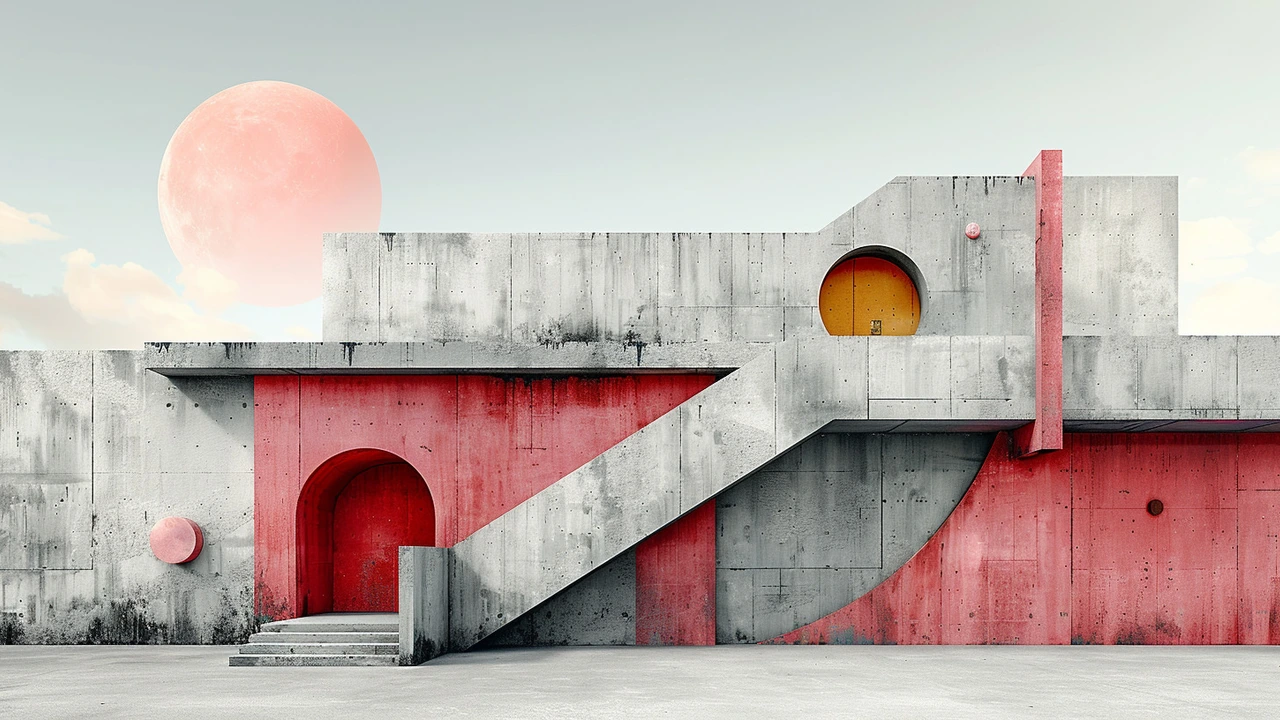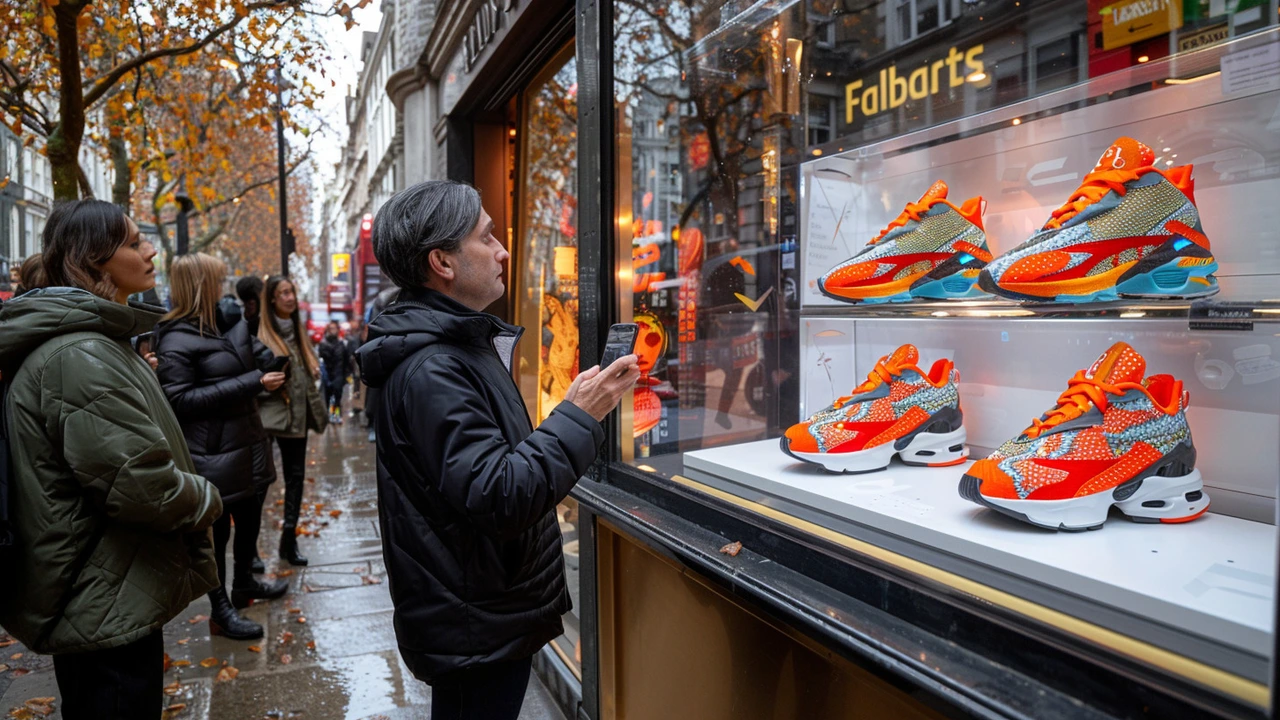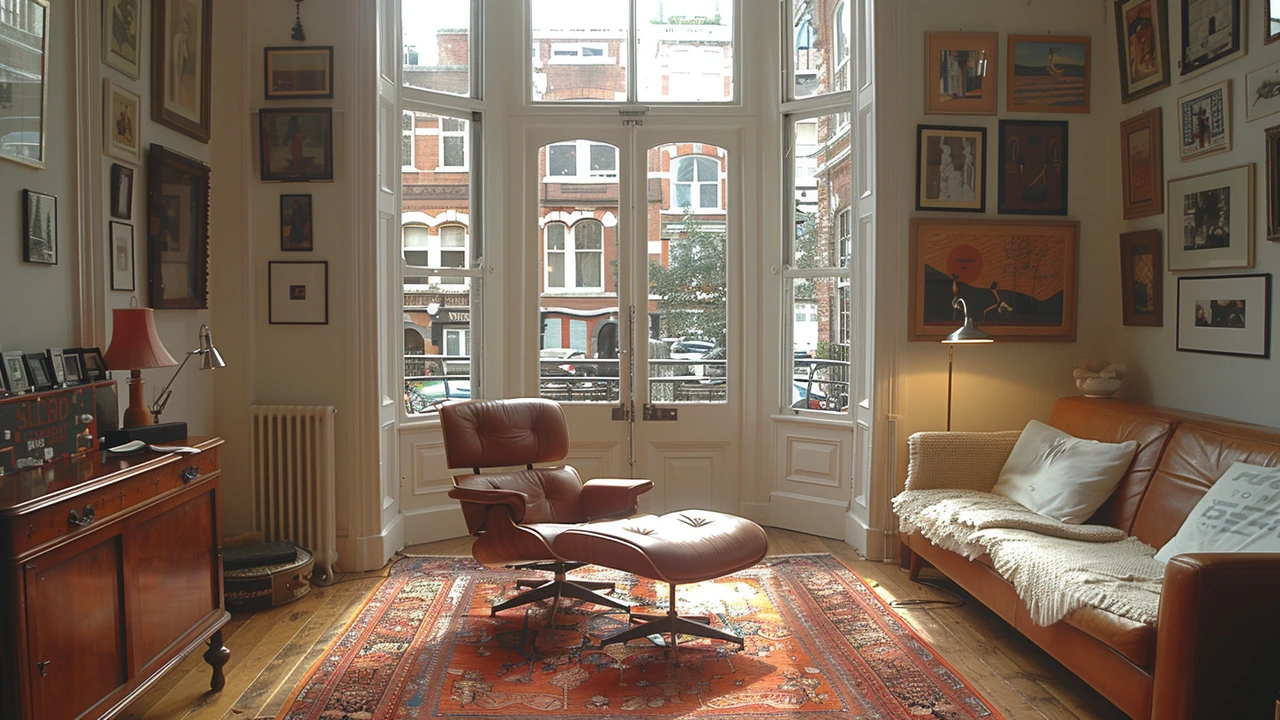March 2024 Art Movements — Paul Artistry Archive
This March collection brings together focused pieces on major 20th-century movements and their modern echoes. You’ll find clear, practical takes on Post-Impressionism, Constructivism, Pop Art, the Harlem Renaissance, Expressionism, Dadaism, Primitivism, and Bauhaus design. Each article breaks down ideas, techniques, and real-world influence so you can use them in study, creative work, or just better gallery visits.
Highlights
Start with the Post-Impressionism article if you want to see how painters like van Gogh and Gauguin moved from capturing light to shaping emotion and structure. That piece explains concrete techniques — color choices, brushwork, and how personal vision reshaped modern art.
There are two Constructivism reads this month. One gives a clear historical overview of the Russian avant-garde and its social aims. The other links Constructivist ideas to science and design, showing how geometry, materials, and function shaped both art and architecture. If you design or build, these two posts together give a practical toolkit: how to simplify forms and use structure as a visual idea.
The Pop Art article is short on theory and long on application. It shows how bold color, repetition, and everyday imagery became advertising gold. Marketers and creatives will get quick tips on borrowing Pop Art's clarity and punch without copying the past.
The Harlem Renaissance piece explains the cultural context behind a major Black artistic awakening. It ties literature, jazz, and visual arts into a single narrative and points to artists whose work still matters for identity and storytelling today.
Expressionism and Dadaism get long reads that focus on why emotion, distortion, and sometimes absurdity became tools for artists reacting to crisis. These are useful if you want to push personal voice or break rules intentionally.
Primitivism and Bauhaus round out the month. Primitivism looks at simplicity and non-Western influences in modern work. The Bauhaus article gives hands-on tips for using clean lines and function-first thinking in interiors and furniture.
How to use these posts
Read by need. If you want emotional technique, go for Expressionism and Post-Impressionism. For visual systems and design rules, pick Constructivism and Bauhaus. If you’re working on branding or ads, the Pop Art piece gives quick, usable ideas.
Try small experiments: copy a palette from Post-Impressionism, reduce a poster to Constructivist shapes, or edit a room using Bauhaus balance. Each article includes specific names, artworks, and principles so you can find original sources fast.
If you’re studying or teaching, use the paired Constructivism posts as a mini-module: history first, then practical design links. For creative prompts, use Dadaism and Primitivism to justify rule-breaking exercises.
Want more? Click any article title to read full analysis and follow internal links to related posts. These March 2024 entries aim to connect historical movement to real creative choices you can try today.









